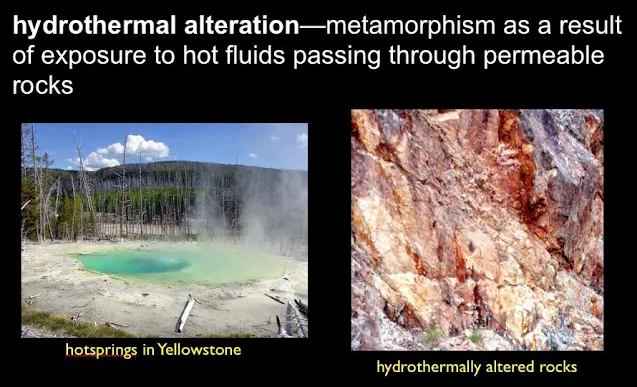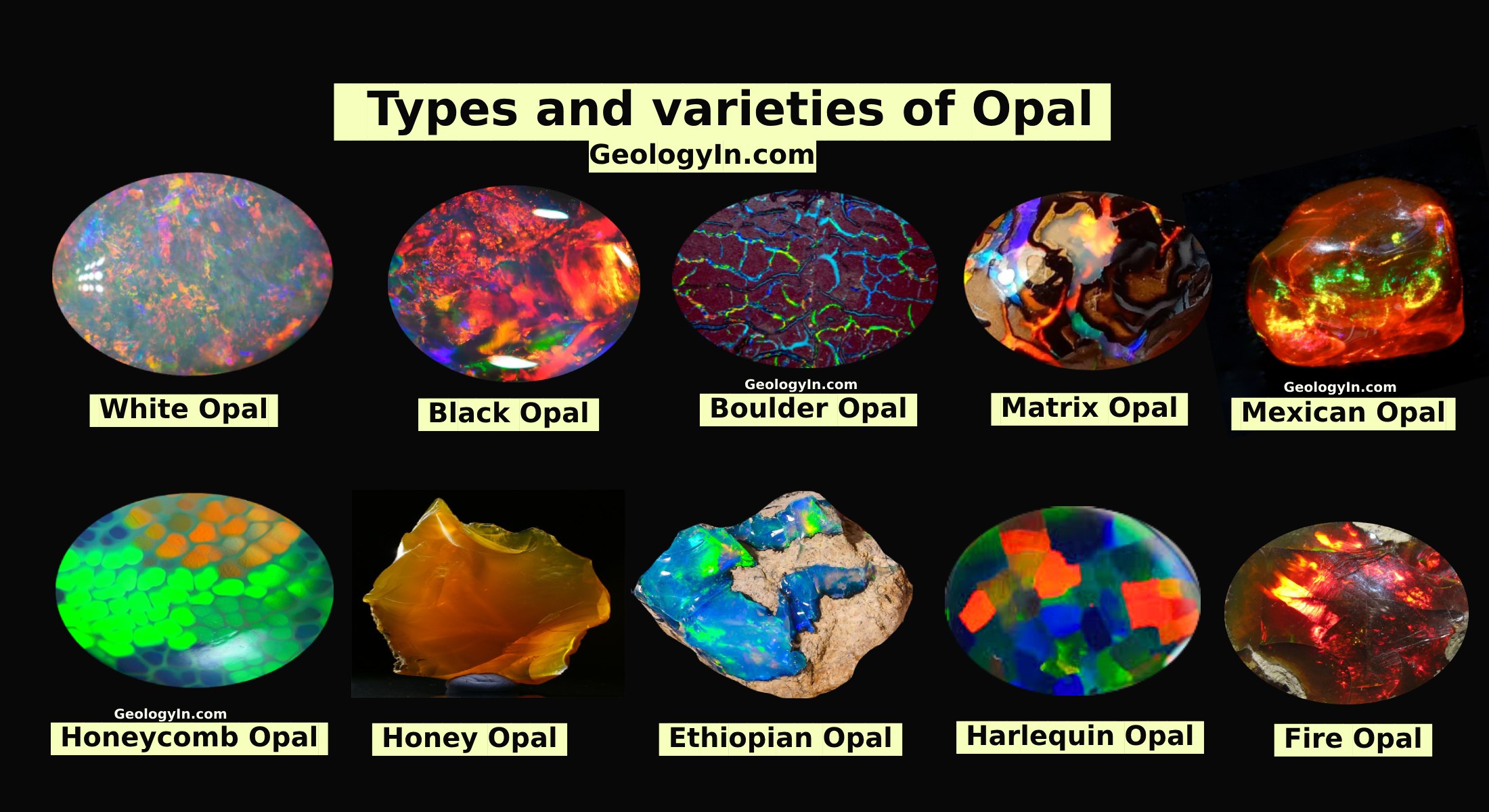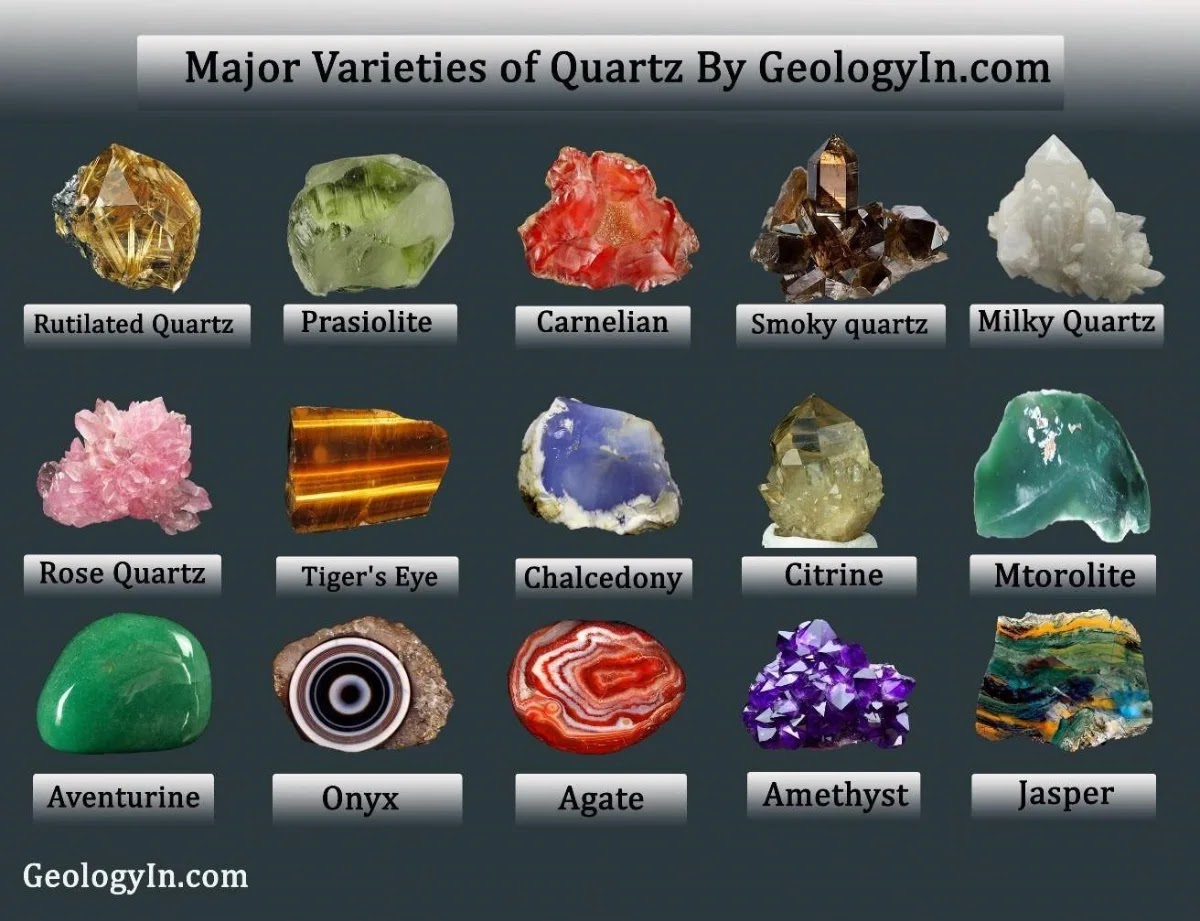Hydrothermal Metamorphism: Metasomatism
Hydrothermal metamorphism, also called metasomatism, refers to the chemical and mineralogical changes that occur in rocks as a result of the interaction with hot, chemically-active fluids (mainly water) during metamorphism. This process typically takes place at relatively low temperatures (200-400°C) and pressures but can occur over a wide range of conditions. Hydrothermal fluids, which can originate from a variety of sources such as seawater, magmatic water, or metamorphic fluids, play a significant role in altering the rock’s mineral composition by dissolving, transporting, and depositing ions.
Hydrothermal metamorphism takes place when hot, volatile solutions percolate into and react with the protolith, or the original rock. The heat of the intrusive igneous body and the hot volatile fluids serves to catalyze metamorphic reactions in the host rock. The incident fluids enhance ion mobility in the system and are highly reactive.
Both the intrusive magma and the associated volatile fluids may introduce elements which were not present in the protolith into the reaction process. The incident volatile fluids may also dissolve and remove elements originally abundant in the host rock. The chemical composition of the host rock may be extensively altered during the process of hydrothermal metamorphism. Hydrothermal metamorphism is therefore a type of allochemical metamorphism.
The hot, volatile fluids responsible for hydrothermal metamorphism may be derived from several sources. Such fluids may consist of volatiles escaping directly from the intrusive magma; they may also be composed of meteoric groundwater heated by the igneous intrusion or by the geothermal gradient.
High temperatures and pressures can expel water from hydrated minerals such as gypsum, talc, chalk, and clay. These sources of fluid are typically associated with local metamorphism. When an oceanic plate is subsumed at a boundary between two plates, water may be transported along with it and may subsequently take part in any metamorphic processes which occur. Seawater may also seep into the crust as two oceanic plates move apart. Such sources of volatile fluids are associated with regional metamorphism and the movement of crustal plates.
Much hydrothermal metamorphism occurs at the boundaries of oceanic plates. Plates which are moving apart allow seawater to percolate through the oceanic crust. As the seawater migrates, it heats and reacts with the host rock.
Large quantities of metals such as iron, cobalt, nickel, silver, gold, and copper are dissolved from the crust. When the hot, metal-laden fluid later comes into contact with cold seawater, sulfide and carbonate minerals precipitate to form deposits of metal ores. The copper ore which has been mined on Cyprus for several thousand years is thought to have been deposited in this way.
The presence of previously unavailable elements and the catalyzation provided by heat and volatile fluids enables a wide variety of mineral species to form during hydrothermal metamorphism. Many of these species contain elements not originally present in the host rock.
The process of hydrothermal metamorphism thus produces a greater variety of minerals than may be formed by thermal metamorphism alone. Silicates which are found in hydrothermal metamorphic deposits include quartz, garnet, wollastonite, olivine, topaz, and tourmaline. The halide fluorite may be present. Sulfide ores such as pyrite, chalcopyrite, sphalerite, and molybdenite and oxides such as magnetite, hematite, spinel, and corundum may also occur.
Local hydrothermal metamorphic deposits may grade into hydrothermal vein deposits. A vein forms when hot, mineral-bearing fluids deposit new materials along the walls of a preexisting fissure or crack in the host rock.
In the case where minerals merely exsolute from the aqueous solution to crystallize along the walls of the fissure, leaving the wall rock intact and unchanged, no metamorphism is involved. However, the minerals of the fissure walls often react with the passing volatile fluids. Some may be dissolved and transported away; some may recrystallize or crystallize as new mineral species. The formation of this type of vein deposit, called a hydrothermal replacement deposit, does constitute hydrothermal metamorphism.
Key Features of Hydrothermal Metamorphism
Temperature and Pressure Conditions
Hydrothermal metamorphism typically occurs under low to moderate temperatures (200-400°C) and pressures. However, temperatures can vary depending on the geological setting, from as low as 100°C in some environments to over 500°C near magmatic intrusions.
Role of Fluids
The primary feature of hydrothermal metamorphism is the pervasive movement of hot, chemically active fluids through the rock. These fluids facilitate the transfer of ions between minerals, promoting recrystallization and mineral replacement. The fluids can either be:
- Magmatic: Derived from the cooling of magma, rich in water and volatile elements.
- Metamorphic: Released from rocks undergoing metamorphism at depth.
- Seawater: Commonly involved in hydrothermal systems at mid-ocean ridges, where cold seawater infiltrates the oceanic crust, is heated by magma, and circulates through fractures and pores.
Where does hydrothermal metamorphism occur
Geological Environments:
Mid-ocean ridges: Hydrothermal metamorphism is most active at mid-ocean ridges, where cold seawater penetrates the oceanic crust, is heated by the underlying magma, and chemically alters the rock as it circulates.
Subduction zones: Water released from subducting oceanic plates can infiltrate the overlying mantle wedge, causing hydrothermal alteration.
Volcanic arcs: Magmatic fluids expelled during volcanic activity can cause hydrothermal alteration of surrounding rocks.
Hot springs and geothermal systems: Surface hydrothermal systems, where groundwater interacts with heat sources like magma, can cause local hydrothermal alteration of rocks.
 |
| Hydrothermal Metamorphism |
Processes Involved in Hydrothermal Metamorphism
Dissolution and Precipitation
Hydrothermal fluids dissolve minerals from one area and transport them to another, where they precipitate to form new minerals. This leads to the leaching of some elements and the enrichment of others in specific zones. For example, calcium, magnesium, silica, and metal ions like iron, copper, and zinc may be mobilized and redeposited.
Metasomatism
Metasomatism is a process where the chemical composition of a rock changes due to the introduction of new elements by hydrothermal fluids. This is a key feature of hydrothermal metamorphism. As the fluid passes through the rock, it may add or remove elements, creating mineral assemblages that differ significantly from the original rock.
Common metasomatic processes include:
- Silicification: Addition of silica to the rock, forming minerals like quartz or chalcedony.
- Serpentinization: The hydration of ultramafic rocks like peridotite, leading to the formation of serpentine minerals.
- Chloritization: Formation of chlorite, a green mineral that forms in response to the presence of iron- and magnesium-rich hydrothermal fluids.
Hydration and Dehydration
Water plays a direct role in forming new hydrous minerals (hydration) or breaking down existing ones (dehydration). Hydration reactions introduce water into the mineral structure, resulting in the formation of minerals like serpentine, chlorite, and talc.
Recrystallization
Existing minerals in the rock are dissolved and re-precipitated into new, more stable forms under the prevailing temperature and pressure conditions. For example, plagioclase feldspar in basalt can be altered to form minerals like albite or epidote.
What are the effects of hydrothermal metamorphism?
Hydrothermal metamorphism can have a variety of effects on rocks, including:
Changes in mineral composition: New minerals can form, existing minerals can dissolve or be replaced, and the overall mineral assemblage of the rock can be significantly altered.
Changes in texture: The original texture of the rock may be preserved, or it may be completely replaced by a new texture, such as banded or fractured.
Vein formation: The fluids can deposit minerals in cracks and fissures, forming veins of quartz, calcite, or other minerals.
Mineralization: Hydrothermal fluids can be enriched in valuable metals such as gold, silver, copper, and zinc, making them important for mineral exploration.
Mineral Assemblages in Hydrothermal Metamorphism
Hydrothermal metamorphism can lead to the formation of several distinct mineral assemblages. The specific minerals that form depend on the composition of the parent rock, the temperature and pressure conditions, and the chemistry of the hydrothermal fluids. Common mineral groups include:
Serpentine Group:
Serpentine minerals (e.g., antigorite, lizardite, chrysotile) are commonly formed from the hydrothermal alteration of ultramafic rocks, especially olivine-rich rocks like peridotite. This process is known as serpentinization and occurs in settings like mid-ocean ridges and subduction zones.
Chlorite:
Chlorite is a common green mineral that forms during the hydrothermal metamorphism of mafic rocks. It typically replaces minerals like pyroxene and amphibole in rocks like basalt and gabbro.
Talc:
Talc forms from the hydration of magnesium-rich minerals in ultramafic rocks. It is often associated with serpentine and occurs in zones where hydrothermal fluids have altered the original rock.
Epidote:
Epidote forms during low- to medium-grade hydrothermal metamorphism of mafic rocks. It often appears in altered basalt and gabbro in subduction zone settings.
Zeolites:
Zeolites are a group of hydrated aluminosilicate minerals that often form in low-temperature hydrothermal environments. They are common in altered volcanic rocks and can form in pore spaces or fractures.
Carbonates:
Carbonate minerals like calcite and dolomite can precipitate from hydrothermal fluids, especially in limestone or dolostone. Carbonate veins are common in rocks affected by hydrothermal activity.
Quartz:
Quartz is often introduced into rocks by silica-rich hydrothermal fluids. Silicification (the addition of quartz) is a common process in hydrothermal systems, and quartz veins are frequent in rocks affected by hydrothermal metamorphism.
Sulfides:
In some cases, hydrothermal fluids deposit metal-rich minerals like sulfides (pyrite, chalcopyrite, galena, etc.). These sulfide minerals are common in hydrothermal ore deposits, which form valuable concentrations of metals like copper, lead, zinc, and gold.
Hydrothermal Metamorphism at Mid-Ocean Ridges
One of the most significant environments for hydrothermal metamorphism is along mid-ocean ridges. In this setting, seawater percolates through fractures in the oceanic crust, is heated by underlying magma, and becomes a hydrothermal fluid. This hot fluid then interacts with the basaltic oceanic crust, altering its mineral composition and structure.
Basalt → Greenschist (Spilitization): Basaltic rocks can undergo spilitization, a type of hydrothermal metamorphism where plagioclase feldspar is altered to albite and the rock becomes enriched in sodium.
Hydrothermal Vents: As the hot hydrothermal fluids rise back to the seafloor, they precipitate minerals such as sulfides and form black smokers and white smokers, which are associated with hydrothermal vent ecosystems.
Hydrothermal Metamorphism in Ore Formation
Hydrothermal metamorphism is closely associated with the formation of economically important ore deposits. Hydrothermal fluids often carry metals in solution, and when they cool or react with surrounding rocks, they deposit these metals as sulfides, oxides, or native elements. Some examples of ore deposits formed by hydrothermal processes include:
Porphyry Copper Deposits:
These form when hydrothermal fluids released from a cooling magma deposit copper sulfides and other valuable minerals in veins and stockworks in the surrounding rock.
Epithermal Gold-Silver Deposits:
Shallow hydrothermal systems associated with volcanic activity can precipitate gold and silver in veins near the Earth’s surface.
Volcanogenic Massive Sulfide (VMS) Deposits:
These are formed by hydrothermal fluids at mid-ocean ridges or volcanic arcs. The fluids deposit massive layers of sulfide minerals containing copper, zinc, lead, and other metals.
Economic Implications of Hydrothermal Metamorphism
What are some economic implications of hydrothermal metamorphism?
Hydrothermal metamorphism can play a role in the formation of valuable mineral deposits, including:
Gold, silver, copper, zinc, and lead: These metals are often dissolved by hydrothermal fluids and deposited in veins or disseminated throughout the rock.
Garnet, tourmaline, and other gemstones: These minerals can be formed during hydrothermal metamorphism and are prized for their beauty and durability.
Lithium: Hydrothermal fluids can concentrate lithium, a crucial element for batteries and other electronic devices.
What are some examples of rocks formed by hydrothermal metamorphism?
Greenschists, serpentinites, and some ore deposits are common examples of rocks formed by hydrothermal metamorphism.
Hydrothermal metamorphism Example
A prominent example of hydrothermal metamorphism is the formation of serpentinite from ultramafic rocks like peridotite. This process, called serpentinization, involves the interaction of hot, water-rich hydrothermal fluids with magnesium- and iron-rich minerals (such as olivine and pyroxene) in peridotite. Serpentinite is common in regions where oceanic crust or mantle rocks have been exposed to hydrothermal fluids, particularly at mid-ocean ridges, subduction zones, and ophiolites.
This reaction occurs in places like the Lost City Hydrothermal Field on the Mid-Atlantic Ridge and ophiolite complexes (e.g., the Troodos Ophiolite in Cyprus). Serpentinization influences tectonics by making rocks less dense and more buoyant, and also supports deep-sea ecosystems through hydrogen production.
 |
| Serpentinite, a hydrothermal metamorphic rock. an example of hydrothermal metamorphism, showcasing its characteristic green color and serpentine texture. |
The difference between hydrothermal metamorphism and other types of metamorphism
Unlike regional metamorphism which involves large areas of rock under high pressure and temperature, and contact metamorphism which occurs near hot igneous intrusions, hydrothermal metamorphism is driven by the chemical reactions between hot fluids and the rock.
In conclusion, hydrothermal metamorphism, a complex interplay of heat, water, and chemical reactions, continues to shape our planet and leave its mark on the rocks that tell the Earth's story. By unraveling its scientific principles, we gain a deeper appreciation for its transformative power and its wider implications across various fields.
Read also:
Contact Metamorphism
Regional Metamorphism









